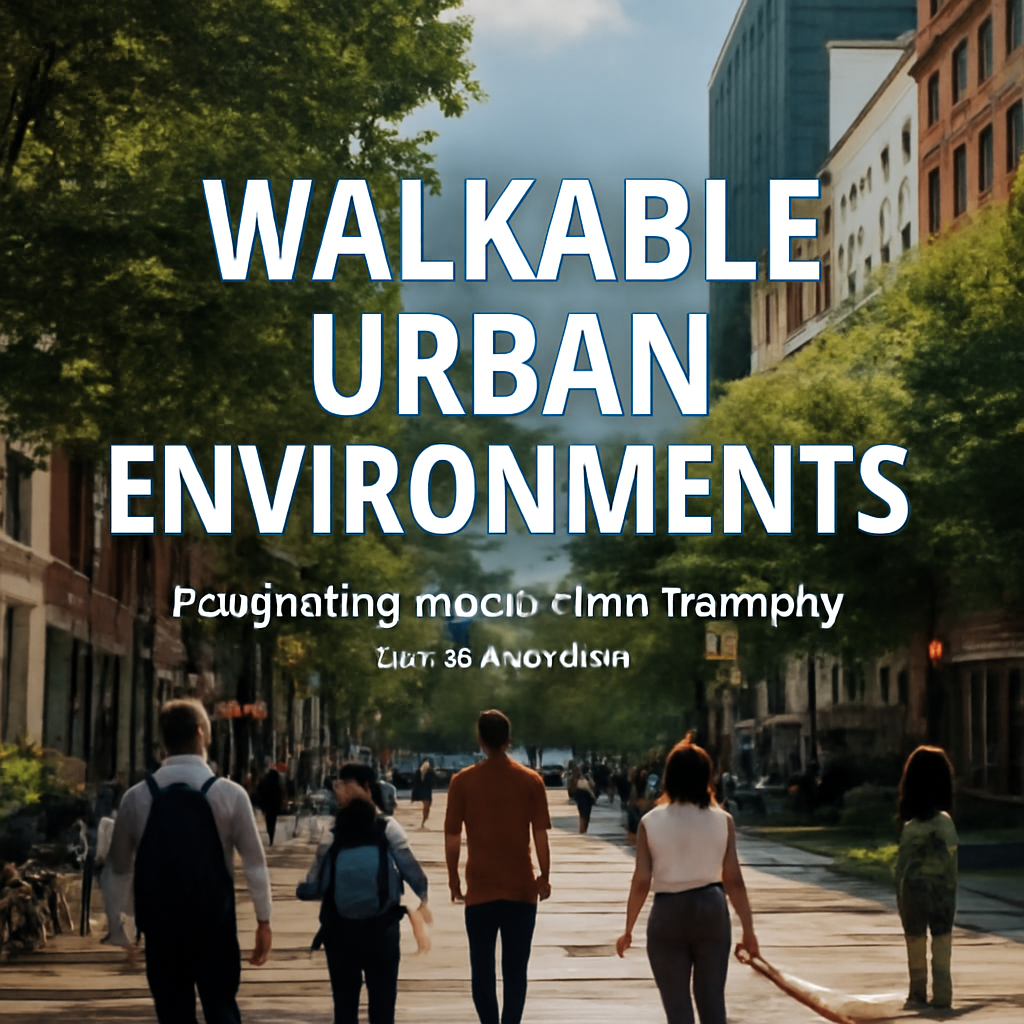Location
Mount Vernon, WA 98274
Location
Mount Vernon, WA 98274

As cities worldwide grapple with congestion and pollution, the concept of walkable urban environments is gaining traction. This article explores how urban design is adapting to prioritize pedestrian accessibility, enhance quality of life, and foster sustainable communities.
In an era where urban populations are rapidly increasing, cities face unprecedented challenges related to mobility, environmental degradation, and the well-being of their inhabitants. The traditional car-centric model of urban design is being reexamined, giving rise to the concept of walkable cities. This movement emphasizes the need for urban environments that prioritize pedestrians, cyclists, and public transportation over automobiles.
Studies show that walkability has a direct correlation with improved public health, reduced traffic congestion, and enhanced local economies. According to the National Association of Realtors, neighborhoods with high walkability scores often experience increased property values and a vibrant local business scene. Cities like Amsterdam and Copenhagen serve as benchmarks, showcasing how prioritizing pedestrian infrastructure has led to reduced air pollution and better quality of life.
Innovative urban planning strategies are being adopted to create pedestrian-friendly spaces. This includes the transformation of streetscapes, the introduction of green corridors, and the development of mixed-use spaces that combine residential, commercial, and recreational areas. For instance, the “15-minute city” concept, popularized by urban planner Carlos Moreno, envisions a city where residents can meet most of their daily needs within a 15-minute walk or bike ride from their home. This model not only reduces reliance on cars but also fosters community engagement and social interaction.
Moreover, cities are increasingly incorporating technology to enhance walkability. Smart city initiatives are integrating data-driven insights to optimize pedestrian pathways, monitor foot traffic, and improve safety measures. For example, cities like Barcelona are utilizing real-time data to adjust traffic signals, making crossings safer and more efficient for pedestrians.
However, transitioning to walkable cities is not without challenges. Urban planners must navigate issues such as existing infrastructure, zoning laws, and the socio-economic implications of redesigning urban spaces. Engaging community members in the planning process is essential to ensure that new developments meet local needs and foster inclusivity.
As the global emphasis on sustainability and health continues to rise, the push for walkable cities represents a significant shift in urban development. By prioritizing pedestrian access, cities can reduce their ecological footprints, improve public health, and create vibrant, interconnected communities that stand the test of time.